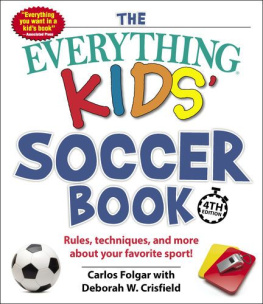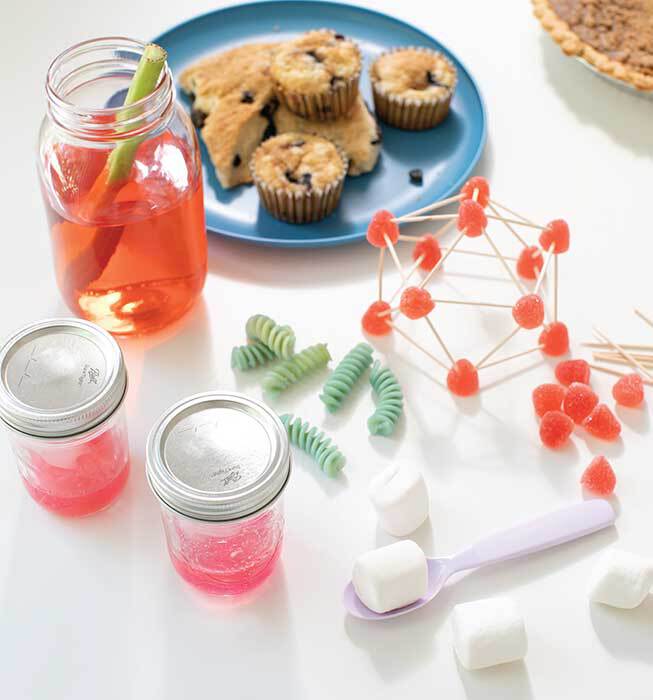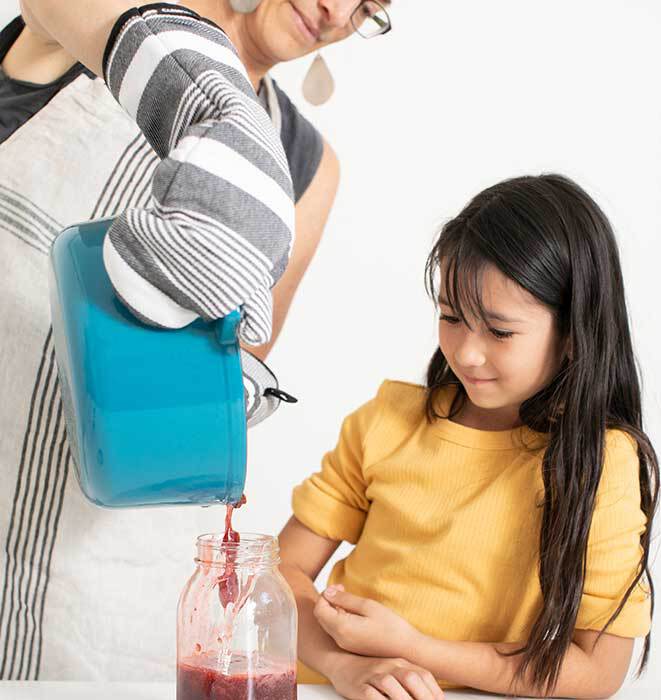Copyright 2020 by Rockridge Press, Emeryville, California
No part of this publication may be reproduced, stored in a retrieval system, or transmitted in any form or by any means, electronic, mechanical, photocopying, recording, scanning, or otherwise, except as permitted under Sections 107 or 108 of the 1976 United States Copyright Act, without the prior written permission of the Publisher. Requests to the Publisher for permission should be addressed to the Permissions Department, Rockridge Press, 6005 Shellmound Street, Suite 175, Emeryville, CA 94608.
Limit of Liability/Disclaimer of Warranty: The Publisher and the author make no representations or warranties with respect to the accuracy or completeness of the contents of this work and specifically disclaim all warranties, including without limitation warranties of fitness for a particular purpose. No warranty may be created or extended by sales or promotional materials. The advice and strategies contained herein may not be suitable for every situation. This work is sold with the understanding that the Publisher is not engaged in rendering medical, legal, or other professional advice or services. If professional assistance is required, the services of a competent professional person should be sought. Neither the Publisher nor the author shall be liable for damages arising herefrom. The fact that an individual, organization, or website is referred to in this work as a citation and/or potential source of further information does not mean that the author or the Publisher endorses the information the individual, organization, or website may provide or recommendations they/it may make. Further, readers should be aware that websites listed in this work may have changed or disappeared between when this work was written and when it is read.
For general information on our other products and services or to obtain technical support, please contact our Customer Care Department within the United States at (866) 744-2665, or outside the United States at (510) 253-0500.
Rockridge Press publishes its books in a variety of electronic and print formats. Some content that appears in print may not be available in electronic books, and vice versa.
TRADEMARKS: Rockridge Press and the Rockridge Press logo are trademarks or registered trademarks of Callisto Media Inc. and/or its affiliates, in the United States and other countries, and may not be used without written permission. All other trademarks are the property of their respective owners. Rockridge Press is not associated with any product or vendor mentioned in this book.
Interior and Cover Designer: Francesca Pacchini
Art Producer: Sue Smith
Editors: Orli Zuravicky and Eliza Kirby
Production Editor: Chris Gage
Photography 2019 Paige Green
Styling by Alysia Andriola
courtesy Rebecca Palmer
ISBN: Print 978-1-64152-621-0 | eBook 978-1-64152-622-7
R0
For Julie Doble,
who taught me everything
I know about making
science funand how to grill
a delicious panzanella.
CONTENTS
HOW TO USE THIS WORKBOOK ON AN EBOOK DEVICE
If youre reading this workbook on a touch-screen device, you can add notes and highlight text just like you would in a physical workbook.
Some sections will prompt you to write in answers or personal responses. Its easygive it a try right here: ___________.
With your finger, tap and hold for a few moments on the line above. Depending on the device youre using, an icon such as a magnifying glass will appear. Lift your finger and youll see an options menu. Select Note (or Notes) to add and save your own text. When youre done, an icon or highlighted area will remain, which you can always return to and tap if you want to reopen and read or edit your note.
The same tap-and-hold options menu offers Highlight or Color, which you can select if you want to highlight a passage or check a box. Experiment with it: By swiping your finger before releasing you can select entire sentences or paragraphs. The options menu also offers Bookmark for when you want quick access back to certain pages.
This method is the same on nearly all touch-screen ebook devices, but some have slight variations. If youd like more information specific to the device youre holding in your hands, a quick online search will yield best results.
Awesome Kitchen Science Experiments for Kids is a window into the world of authenticand delicious

experiments. Doing science experiments and cooking with your kids is special because it combines Aha! moments with yummy foods. Plus, in the comfort of your kitchen, your kids can practice essential science and engineering skills.
I wrote this book because I want every child to experience the fun of data-driven discovery and to connect their STEAM knowledge to everyday events. Too often, kids feel that they dont fit the STEAM mold. But every kid can ask questions, make observations, and develop explanations based on results gathered through hands-on learning. By doing so, your young kitchen scientists will experience the real STEAM deal and see themselves for the scientists and engineers that they already are.
At the top of each experiment is a note about how much adult prep is needed so you can plan ahead. Kitchen jobs that are too hazardous for kids are noted so you can chop vegetables or preheat the oven before your children come into the kitchen. Every experiment has a Turn It Up! variation for older kids. If you are working with younger children, read ahead before deciding if you want to suggest the advanced version. Please pay close attention to see if an experiment requires parental supervision, use of goggles, or other safety precautions. In general, any experiment involving chopping or cooking on the stove or in the oven is rated Medium or Advanced to show that parental supervision is needed.
terms are bolded the first time they appear, but you and your child may not be doing the experiments in order. If your child sees a word they dont know, remind them to check the glossary before pulling out the dictionarychances are its in there!
Although many of the experiments can be done with little or no adult supervision, you may discover that you enjoy doing these experiments (and eating the results) with your kids. Ive done most of them with my son Dylan, who is 10 years old. My 4-year-old daughter, Rosalea, has pitched in quite a few times. We have had a wonderful time cooking together, talking about what happened, and chowing down afterward. If you get as excited as I do about food, check out the section for several fantastic adult reads on food science.
Science is messy and mistakes are to be expected. If the occasional experiment goes sideways, you are doing STEAM right. Dont expect every experiment to look pretty or turn out perfectly, but do expect to have fun. STEAM professionals know that experiment failure is not a scientist failure; its a scientist win. Encountering the unexpected is how we make new discoveries. High-five your young food scientist the first time their experiment explodes (literally or figuratively)and enjoy!











 experiments. Doing science experiments and cooking with your kids is special because it combines Aha! moments with yummy foods. Plus, in the comfort of your kitchen, your kids can practice essential science and engineering skills.
experiments. Doing science experiments and cooking with your kids is special because it combines Aha! moments with yummy foods. Plus, in the comfort of your kitchen, your kids can practice essential science and engineering skills.